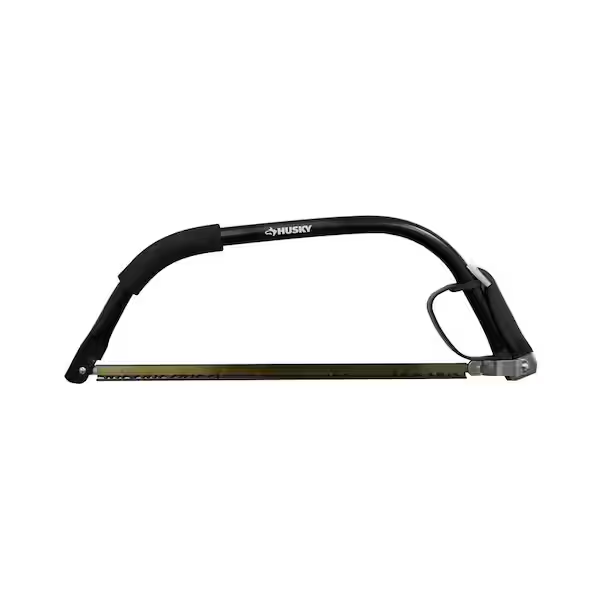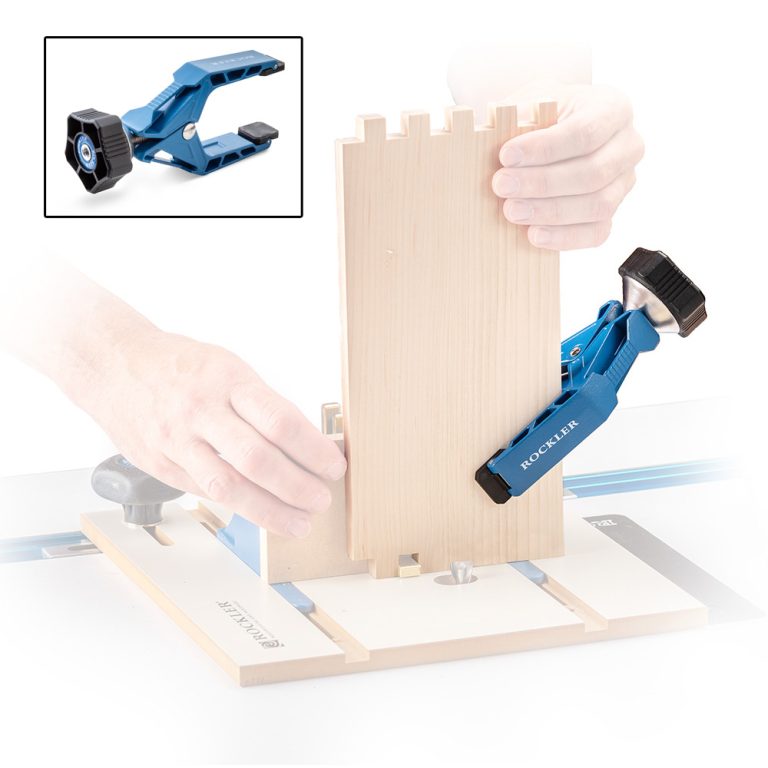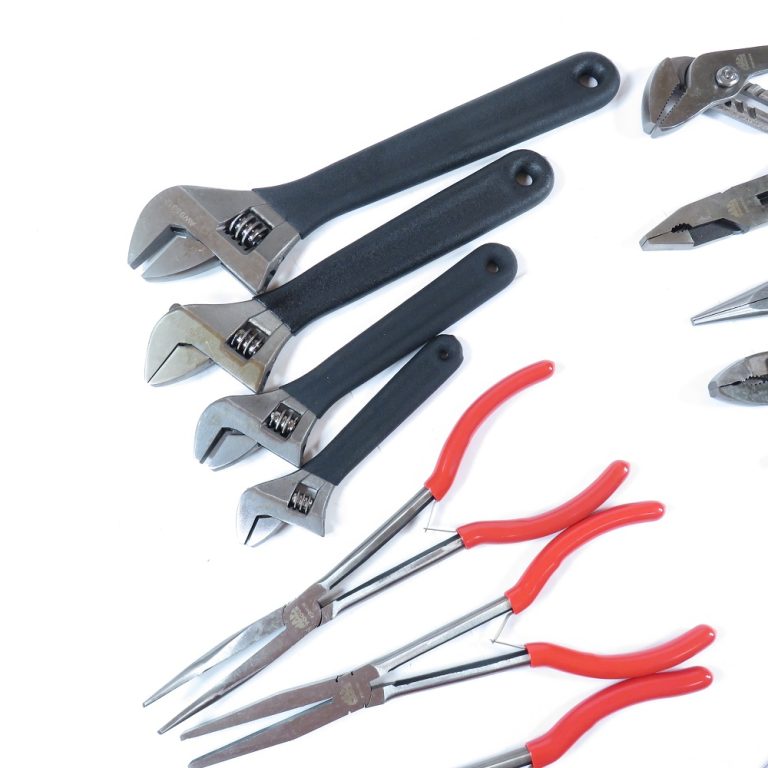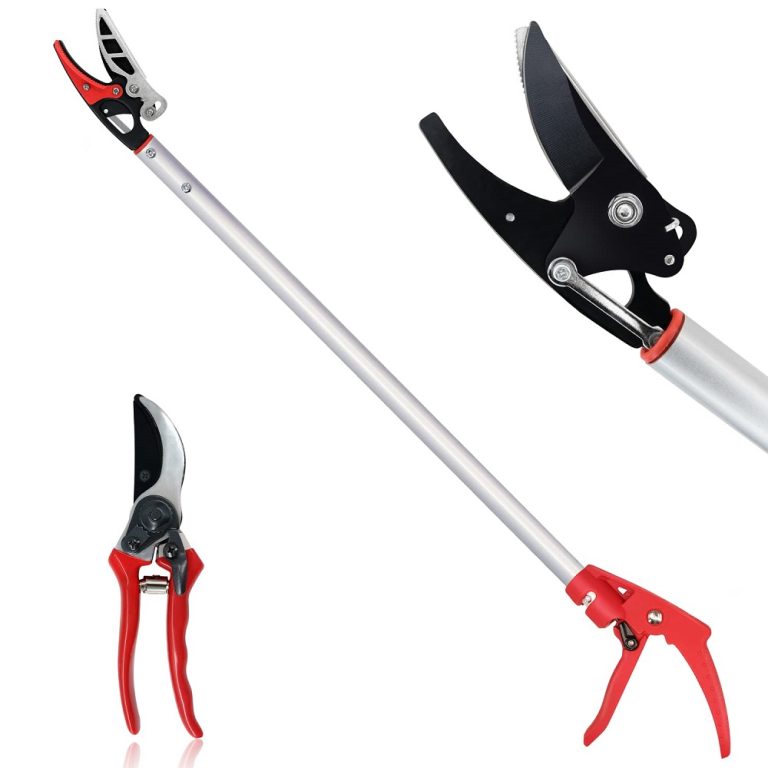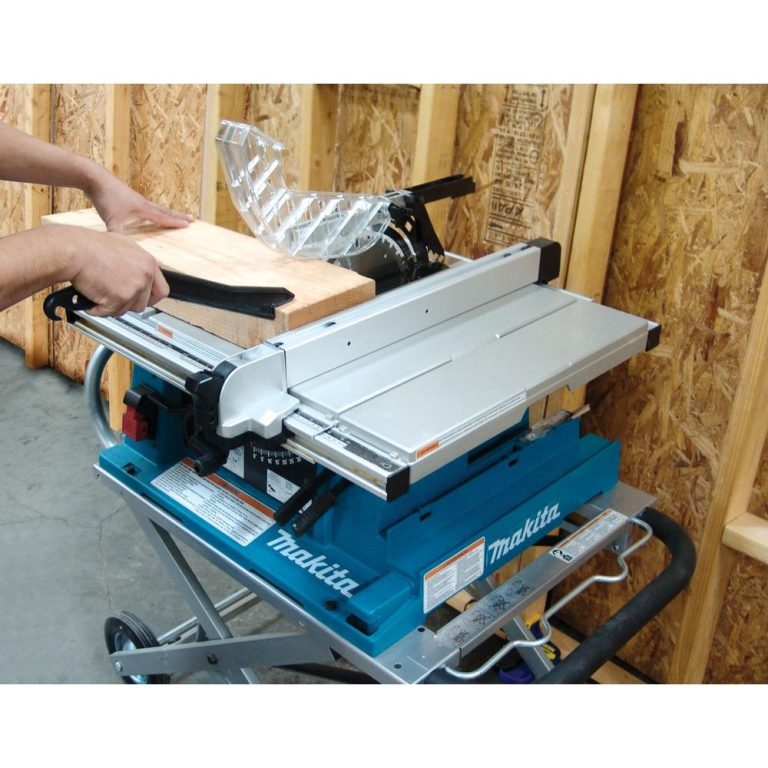Introduction to Bow Saws
Bow saws stand among the most versatile tools for woodcutting. Their unique design allows for swift, effective cuts. These saws are ideal for cutting branches, trimming trees, or sawing logs. With a long, curved blade tensioned in a metal or wooden frame, they make cutting more manageable.
Engineered for accuracy and speed, bow saws cater to various tasks. Whether you are a seasoned woodworker or a hobbyist, understanding bow saws is crucial. This guide will equip you with knowledge about their key features, types, and maintenance. You’ll learn how to select, use, and care for your bow saw.
By integrating the right bow saw into your toolkit, you enhance your woodcutting efficiency. Let’s delve into the features that set bow saws apart from other saws. We’ll discuss blade characteristics, handle design, and tensioning mechanisms. This information aims to help you master woodcutting with a bow saw.

Key Features of Bow Saws
To master woodcutting, you must understand the key features of bow saws. These features provide the precision and ease required for efficient woodcutting.
Blade Characteristics
The blade is the heart of any saw, and bow saws are no exception. Bow saw blades are typically narrow and pointed, with a crosscut tooth pattern. This design helps cut through wood quickly and with less effort. The blade length varies, usually between 12 to 30 inches, to suit different tasks. High-quality steel is the go-to material for blades, ensuring sharpness and durability.
Handle Design and Grip
A comfortable grip is essential for control and safety when woodcutting. Bow saw handles are ergonomically designed to provide a firm and comfortable hold. Some models feature rubber grips to minimize slipping. The handle shape allows for both one-handed and two-handed use, which adds versatility to the tool.
Tensioning Mechanism
The tensioning mechanism of a bow saw plays a vital role in performance. Proper tension ensures straight cuts and prolongs blade life. Most bow saws have a simple twist or lever mechanism that makes it easy to adjust the blade’s tension. With correct tension, the saw blade stays firm during cutting tasks, enhancing precision.
Types of Bow Saws and Their Uses
Bow saws come in different types to suit various tasks. Knowing which one to use can make your woodcutting more effective.
Traditional Bow Saws for Woodcutting
Traditional bow saws are the go-to choice for general woodcutting. These saws often have a simple design with a durable frame. They are ideal for cutting logs and branches. Their blades can be 12 to 30 inches long, making them versatile for different sizes of wood.
Foldable Bow Saws for Camping and Survival
Foldable bow saws are lightweight and portable, designed for outdoor use. They are perfect for backpackers and survivalists. These saws can easily fit into a pack and are handy for cutting firewood or clearing trails.
Specialty Bow Saws for Gardening and Pruning
Specialty bow saws have narrower blades for precision cuts. They are great for gardening and pruning tasks. These saws allow for more detailed work, like shaping shrubs or removing small branches.
How to Choose the Right Bow Saw
Choosing the right bow saw is crucial for efficient woodcutting. Factors like blade length, type, frame durability, and comfort play significant roles.
Blade Length and Type
The blade serves as the cutting edge and is essential for precise work. For thick logs, opt for a longer blade, typically over 24 inches. For smaller branches or detailed work, a shorter blade, around 12 to 24 inches, is ideal. Always consider the tooth pattern: coarse teeth for green wood and fine teeth for dry wood.
Frame Durability
The frame holds the blade in place. It must be sturdy to withstand the rigors of cutting. Metal frames are strong and reliable but can be heavy. For a lighter option that still provides durability, look for a composite or high-grade aluminum frame.
Comfort and Ergonomics
Comfort is key to controlling the bow saw effectively. Look for a handle that fits well in your hand. Rubberized grips reduce slippage, and ergonomic designs can prevent fatigue during extended use. A comfortable saw is a safer saw, as it allows for better control and reduces the chance of accidents.
Maintaining Your Bow Saw
Regular maintenance is key to your bow saw’s longevity and performance. By following simple care routines, you ensure your saw remains in top condition.
Cleaning and Rust Prevention
To maintain a bow saw, clean it after each use. Remove wood sap, dirt, and debris with a brush. For rust prevention, apply a light oil coat to the blade. Store the bow saw in a dry place to avoid moisture.
Blade Sharpening Techniques
Sharp blades make cutting easier and safer. Use a triangular file to sharpen the teeth. Follow the original angle of each tooth. Do this regularly to maintain sharpness.
Replacing Blades and Parts
Inspect your bow saw before use. Look for worn or broken parts. Replace the blade if it’s dull or damaged. Check the tensioning mechanism and handle for signs of wear. Replace these parts when necessary to keep the bow saw in safe working order.
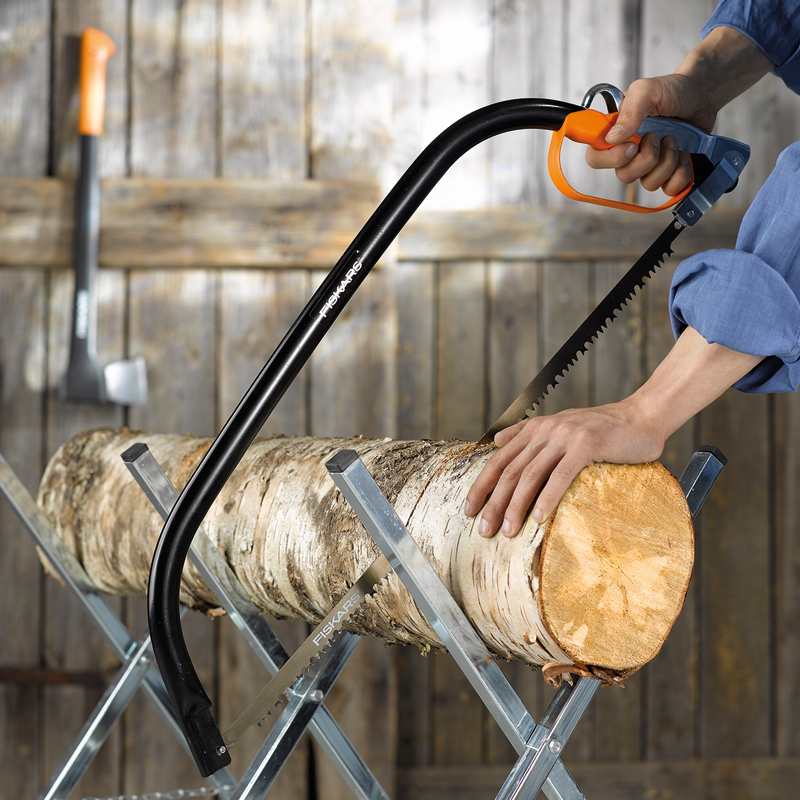
Safety Tips for Using Bow Saws
Safety is key when using any cutting tool, and bow saws are no exception. To avoid injuries, follow these safety tips each time you use a bow saw.
Proper Handling and Techniques
- Check the tension: Before cutting, ensure the blade’s tension is correct to prevent slippage or bending.
- Use both hands: Grip the handle with one hand and the front of the frame with the other for stable cutting.
- Secure the wood: Make sure the wood is stable. If it moves while sawing, it could cause an accident.
- Use smooth strokes: Apply even pressure and use long, smooth strokes for better control and fewer chances of slipping.
- Don’t rush: Cutting too fast can lead to mistakes. Take your time for a safer and cleaner cut.
- Follow the grain: Always cut in the direction of the wood grain for less resistance and a straighter cut.
Protective Gear and Precautions
- Wear gloves: Use gloves to protect your hands from splinters and cuts.
- Safety goggles: Always wear safety goggles to keep wood chips out of your eyes.
- Hearing protection: If you’re sawing for a long term, use earplugs or earmuffs to protect your hearing.
- Check the area: Clear your surroundings of tripping hazards and maintain a stable footing while sawing.
- Inspect your bow saw: Before use, look for any damage or loose parts to ensure it’s in good working order.
- Keep blades sharp: A dull blade requires more force and can slip, so keep your bow saw blade sharp.
Handling a bow saw with care and using the right protective gear can prevent accidents and make your woodcutting tasks safer and more enjoyable.
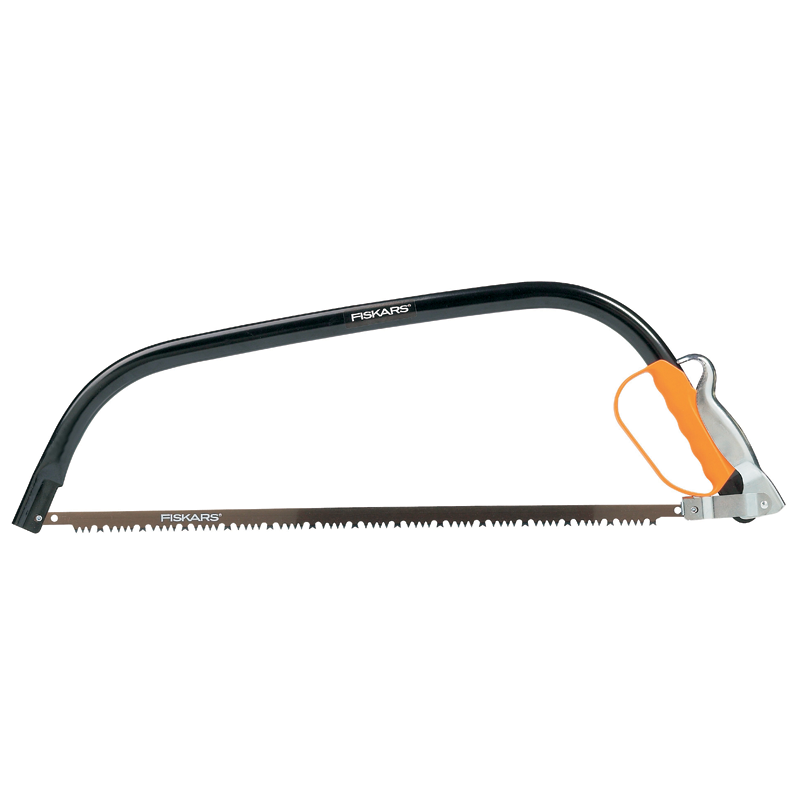
Innovative Developments in Bow Saw Design
In the world of woodworking, bow saws have evolved significantly. Advances have focused on the way these saws are built and how they perform. Let’s look at some of the noteworthy changes.
Advanced Materials Used in Modern Bow Saws
In recent years, modern bow saws have seen upgrades in the materials used. Manufacturers now use lightweight yet strong metals like high-grade aluminum for frames. This change makes saws easier to handle without sacrificing durability.
Blades have also improved. They now often feature carbon steel or bimetal compositions. These materials stay sharp longer and resist wear and tear better than traditional steel. Some bow saws now have blades with special coatings. These coatings reduce friction and protect against rust.
The handles are not left out. Advances in plastics and rubber have led to more comfortable grips. These materials prevent slipping and reduce hand fatigue, letting you work longer.
Features for Enhanced Efficiency
Beyond materials, features designed for better efficiency have been introduced.
Bow saws now often include quick-release mechanisms. These allow for rapid blade changes, saving time and effort. Some models feature adjustable tension without the need for tools, streamlining the process.
For precision cuts, innovative frame designs have been introduced. These frames keep the blade stable at various angles, offering more control. Many modern bow saws also sport an improved tooth design. This design cuts through wood faster and with more accuracy.
With these innovations, bow saws remain essential tools for woodcutting. They provide the efficiency and convenience needed for various projects. These developments contribute to safe and effective woodworking, whether you’re a professional or hobbyist.
Conclusion: Integrating Bow Saws into Your Woodcutting Practices
As we wrap up this guide, let’s reflect on how integrating bow saws enhances woodcutting. These tools are essential for various tasks. By selecting the right bow saw, you improve your cutting speed and precision. For everyday woodcutting, traditional bow saws are your best bet. They handle logs and branches with ease. If you’re an outdoor enthusiast, foldable bow saws are ideal. They are perfect for on-the-go situations like camping. Gardeners will find specialty bow saws helpful for precise pruning.
Maintaining your bow saw is straightforward. Regular cleaning, sharpening, and part replacements keep it in top shape. Remember, safety comes first with any tool. Use proper handling techniques and wear protective gear.
The evolution of bow saws brings us lighter, more durable materials and improved designs. These developments make woodcutting safer and more efficient. Whether you are a professional or a DIY enthusiast, bow saws deserve a spot in your toolkit. Use this guide to enhance your woodcutting practices with the right bow saw. Keep it sharp, clean, and ready for the next task.
